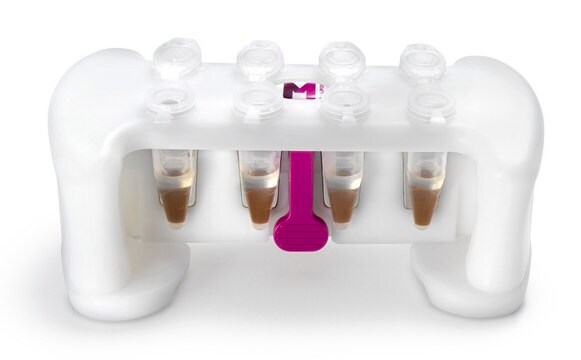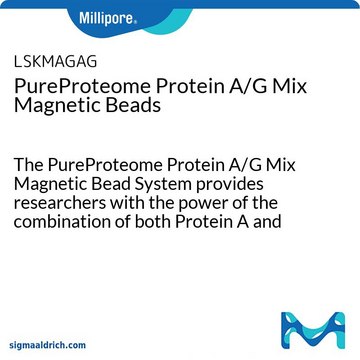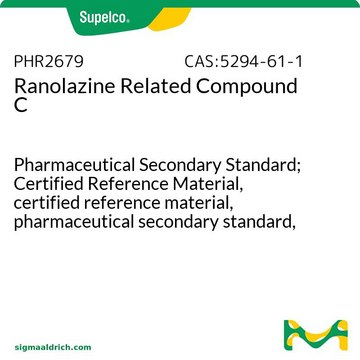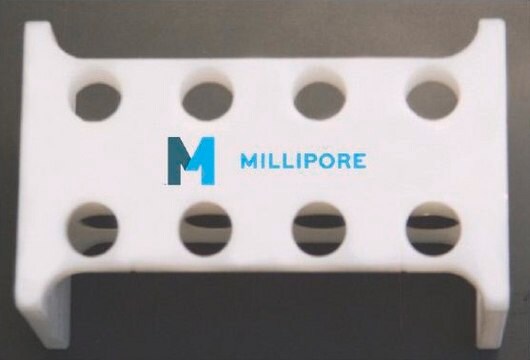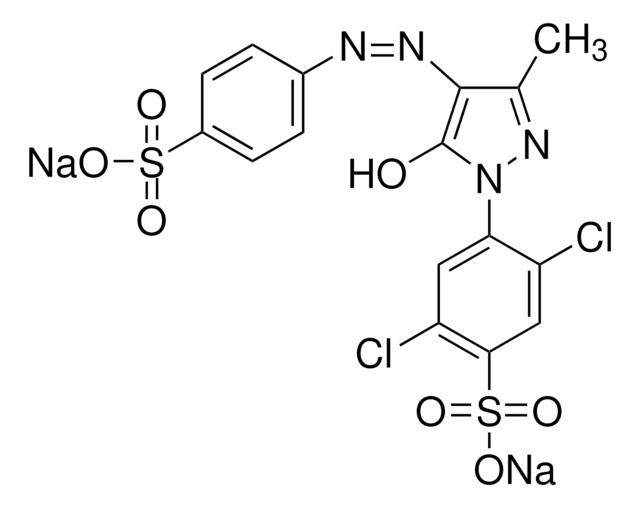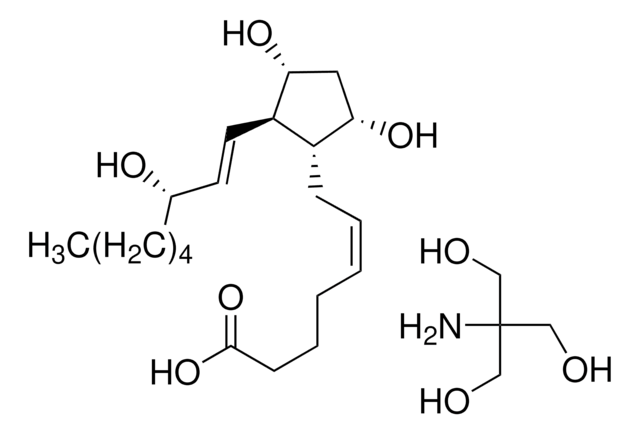17-500M
System odwracalnej immunoprecypitacji Catch and Release v2.0
Synonim(y):
System złów i wypuść, Zestaw do immunoprecypitacji
About This Item
Polecane produkty
reaktywność gatunkowa (przewidywana na podstawie homologii)
all
Poziom jakości
producent / nazwa handlowa
Catch And Release
Upstate®
metody
activity assay: suitable (IP-kinase)
immunoprecipitation (IP): suitable
western blot: suitable
Warunki transportu
wet ice
Opis ogólny
Reproducible: eliminates aspiration steps that typically lead to diminished/lost sample
Convenient: spin-column format dramatically simplifies sample handling
Reversible: simple elution of antigen:antibody complex in either native or denatured form
Use:
This kit allows for quick and reproducible immunoprecipitation (IP) by using a spin column. The system is more reproducible than regular IP′s, which are problematic with regards to washing the protein A/G agarose without disrupting the agarose bed. The binding of the antibody/antigen complex in Catch and Release is reversible, and elution of the immune complex can occur with native or denaturing buffers. The system has been tested successfully with rabbit, mouse, sheep and goat antibodies. IP using human IgG1-4 should be suitable. IP using chicken antibodies or human IgA, IgD, IgE or IgM is not recommended with this kit. Please read the enclosed product manual before use.
Zastosowanie
Opakowanie
Komponenty
Catch and Release Non-denaturing Elution Buffer, 4X (Cat.# 20-209)
Catch and Release Denaturing Elution Buffer, 1X (Cat.# 20-284)
20-285
20-216
Catch and Release Capture Tubes
Jakość
Przechowywanie i stabilność
Informacje prawne
Hasło ostrzegawcze
Danger
Zwroty wskazujące rodzaj zagrożenia
Zwroty wskazujące środki ostrożności
Klasyfikacja zagrożeń
Aquatic Acute 1 - Aquatic Chronic 1 - Eye Dam. 1 - Repr. 1B - Skin Corr. 1C
Kod klasy składowania
6.1C - Combustible acute toxic Cat.3 / toxic compounds or compounds which causing chronic effects
Certyfikaty analizy (CoA)
Poszukaj Certyfikaty analizy (CoA), wpisując numer partii/serii produktów. Numery serii i partii można znaleźć na etykiecie produktu po słowach „seria” lub „partia”.
Masz już ten produkt?
Dokumenty związane z niedawno zakupionymi produktami zostały zamieszczone w Bibliotece dokumentów.
Nasz zespół naukowców ma doświadczenie we wszystkich obszarach badań, w tym w naukach przyrodniczych, materiałoznawstwie, syntezie chemicznej, chromatografii, analityce i wielu innych dziedzinach.
Skontaktuj się z zespołem ds. pomocy technicznej